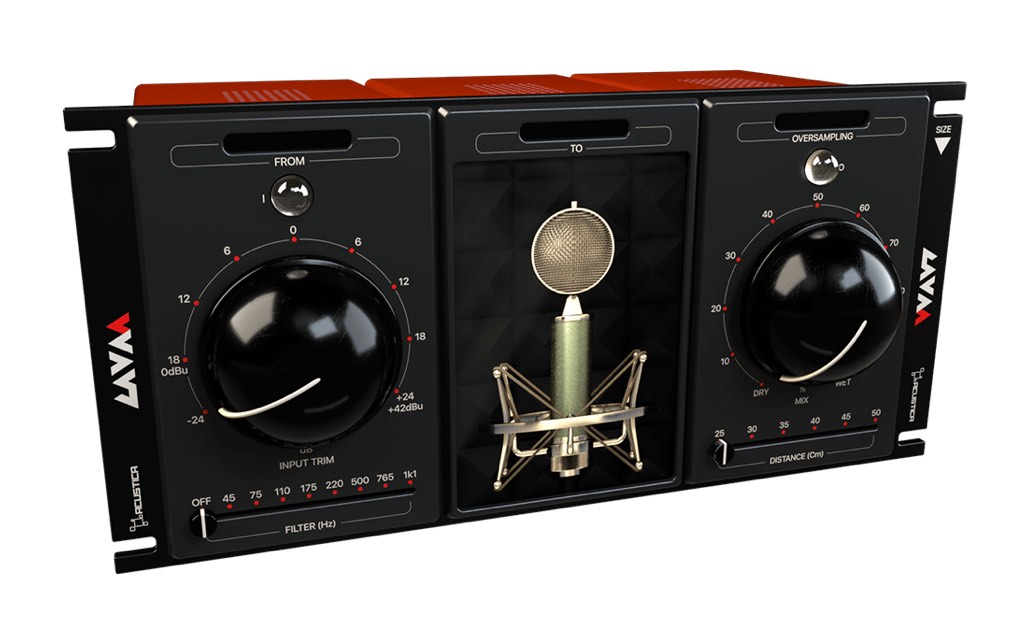New Music Gear Monday: Acustica Acqua Lava Microphone Simulator
Modeling microphones are wonderful devices, designed to emulate a wide variety of vintage mics that are out of reach in price and availability to the average user. The problem is that you have to buy the microphone to get the simulations which can still be pricey. Wouldn’t it be nice if you could turn any mic into an expensive unit with just a plugin. You might not be able to turn water into wine but you can get close with the Acustica Acqua Lava microphone simulator plugin.

Acqua Lava can take a wide variety of fairly common microphones and recreate the tone of classic microphones, including the microphone’s response, harmonic content and proximity effect. It’s a VST/VST3/AAX/AU plugin so it will work on just about any DAW that you have, and it’s less than the cost of just about any good microphone, which is a big bonus for those just starting out.
Simple To Use
Lava is pretty easy to use. From the dropdown menu on the left you select any of 140 “Source” mics (the mic that you’re recording with, like an SM57), and on the right you select any of 41 “Destination” mics (the ones you want your mic to sound like).
The large control on the left controls Input Trim, while the one on the right controls the mix. The Mix control is the amount of the original mic that you’re using versus the Destination mic simulation.
There’s also a high-pass filter that can be set anywhere from 45Hz to 1kHz, and a Distance slider that sets the distance separating the microphone from the signal source. The Distance control is actually adjusting the amount of proximity effect that you’re setting for the sound. There’s also input and output LED indicators as well as an Oversampling control.
Best Use
Acustica recommends that you get the best results by staying with the same type of microphone for the source and destination. In other words, if you’re using a condenser mic, the most accurate sound will come from a condenser mic simulation. Likewise, it’s best to stay with the same pickup pattern (cardioid to cardioid, for instance) for the same reason.
Acustica claims “Make a $100 microphone sound like a $9000 one” on their info page. I wouldn’t go quite that far, but it’s an interesting idea that’s worth checking out.
The Acustica Acqua Lava mic simulator plugin is available for Mac OS only (M1 compatible) with sample rates from 44.1kHz to 96kHz.
The price is $209USD and you can find out more here, or watch the video below.

